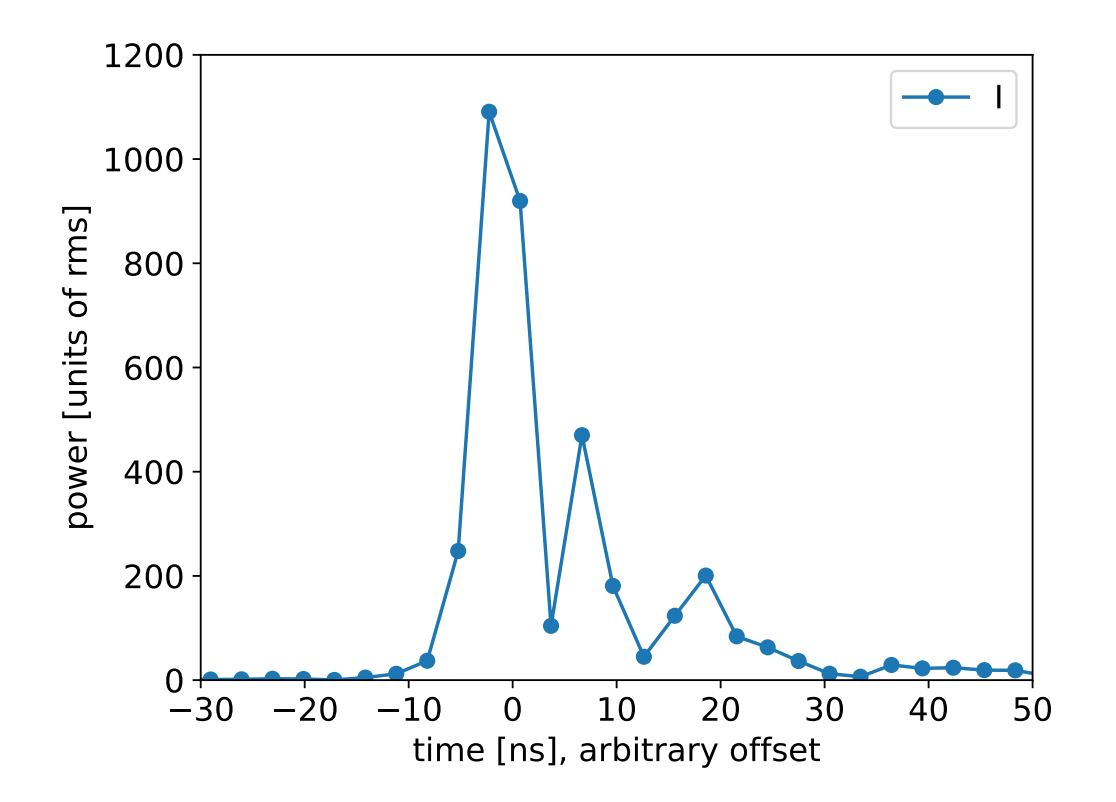As I write this, the danger from the fires in Los Angeles seems over and the world has moved on to other tragic disasters. You know: stampede at the Kumbh Mela. Air crash in Washington. Air crash in Philadelphia. Etc.
But as the LA fires spread, I couldn't help wondering something I've wondered before, all over again. So in fact, this essay is a rehash of something I wrote some years ago. Yet it seems to me that wildfires warrant the attention.
Think of it: What's with these wildfires, anyway? Who remembers the conflagrations in Uttarakhand in 2016, and in late 2023? Canada? Australia? Why are we seeing so many fires, so much more frequently, the world over? Or wait - are they really increasing in frequency? Or is there something else going on?
And that train of questions reminded me of a sign I saw in a remote corner of Idaho in 2008. Above a photograph of two men in firemen’s uniforms, the sign said: “In Memory of Jeff Allen & Shane Heath, Indianola Helitack”.
Over a beer in a bar a few days later, a friend told me more about Allen and Heath.
In 2003, the huge “Cramer Fire” swept through the Salmon-Challis forest in Idaho. A helicopter from the ranger station Indianola (thus "Indianola Helitack") dropped Allen and Heath into the burning area. Their job was to clear a space for a helicopter to actually land, in the effort to fight the fire. Before they could do so, the smoke overcame them and they were killed.
My drinking buddy was himself a volunteer firefighter. He explained the “science” — that's his word — of fighting fires, and why so many men across North America, like Allen and Heath, put their lives on the line to fight them. I’m not sure how closely what he told me matches what happened in LA last month, but it’s instructive anyway.
Once upon a time, he said, forest fires flared up naturally — after a lightning strike, let's say. They would burn for while and then simply run out of fuel, burning themselves out. This happened so regularly that the effect was to keep the density of trees relatively low. This also meant the fires tended to be relatively localized. They never spread very widely. The regularity also meant that new trees that grew after a fire didn’t have the time to grow as tall as old growth. So the next fire would spare the older, taller pines, but destroy the new growth. The process repeated with each fire.
But then humans came along. With reason, they started seeing these regular fires as regular threats. As Jared Diamond tells us in his "Collapse", in the early 20th century, the US Forest Service began interfering in this natural rhythm of forest fires. Their mandate, they came to believe, was to protect homes and lives, and save acres of timber from turning to ash.
All of which meant that fighting and extinguish forest fires became official Forest Service policy.
The policy succeeded perhaps far more resoundingly than the Service dreamed. Fires were fought, contained, extinguished, and by firefighters of admirable courage and fortitude. The result, though, was reminiscent of removing a predator species from some given habitat. With it gone, its prey species multiply and spread, unchecked - and that causes unexpected damage. With fires apparently under control, forests grew steadily denser and thus, paradoxically, even more prone to fires. Not only that: the newer trees, previously kept in check, now grew unhindered, approaching the height of old growth pines. Forests became choked with trees that were tall and tended to catch fire. Here was a recipe for fires on an altogether different scale.
By the 1980s, Diamond writes — and my firefighter drinking buddy corroborated this — that these areas had begun to see “large forest fires that were essentially impossible to extinguish [without a spell of rain].” He explains why: the dense undergrowth of tall saplings is like a “ladder that allows the fire to jump into the crowns [of the older, taller pines].” This produces “an unstoppable inferno in which flames shoot 400 feet into the air, leap from crown to crown across wide gaps [and] reach temperatures of 2000 degrees Fahrenheit”.
Those lines, if you read reports from 2003, turn out to be a pretty accurate description of the Cramer fire. “The fire suppression policy,” writes Diamond, “contribut[ed] to those big fires.”
Big fires, like in LA last month. This is what we ask men like Allen, Heath, my drinking buddy and plenty in Uttarakhand, Canada and elsewhere to fight. Doing so, some die.
So here we are: for years, the world over, we've followed the apparently sound, utterly well-meaning scientific logic of fighting forest fires. Who could argue with that? Yet the result is that we now have fires we cannot fight. Especially in dry and hot conditions, forests are fire catastrophes waiting to erupt and spread.
In the US, there have been suggestions that the Forest Service should shift focus to “managing” forests. That means removing the dense undergrowth that makes them prone to fires - even, if necessary, by using controlled fires. There have been similar proposals for Uttarakhand: remove fire-sensitive pine trees and replace them with other species, so fires can’t spread.
In either case, these are expensive, long-term solutions. For now, what would you think about not fighting the next fire, but letting it burn? Serious question.
PS: Once more: if you liked that column and would like to read more, please consider hitting that "Support" button below! I thank you kindly, madam or sir.














Write a comment ...